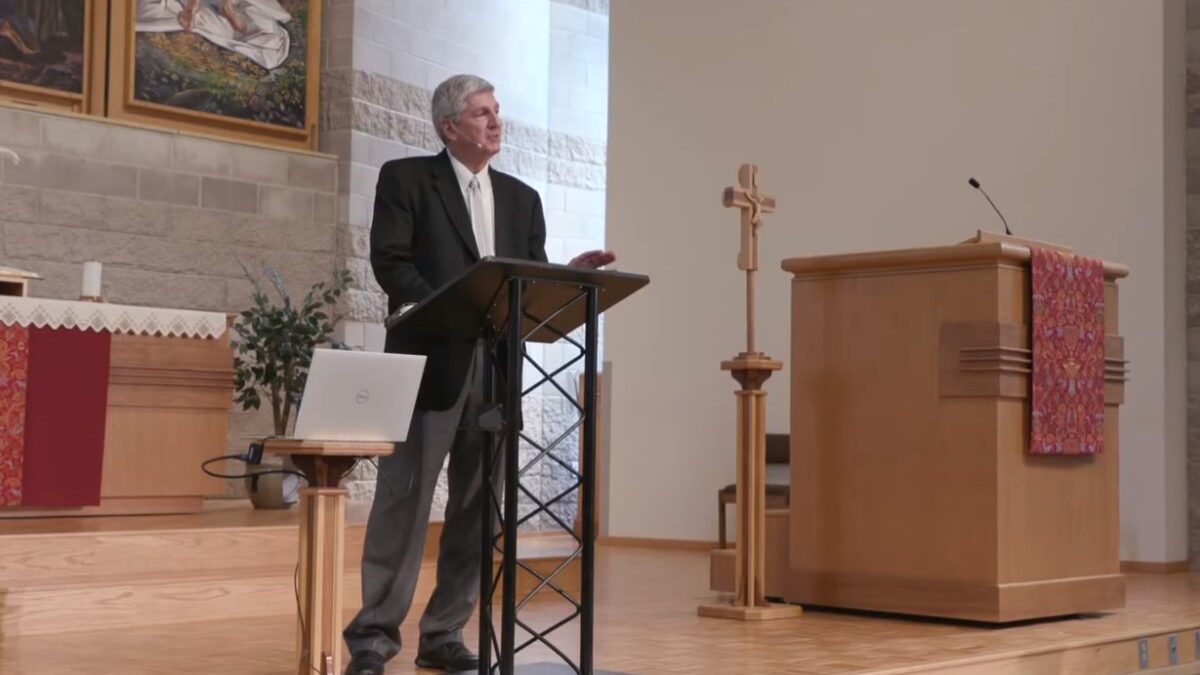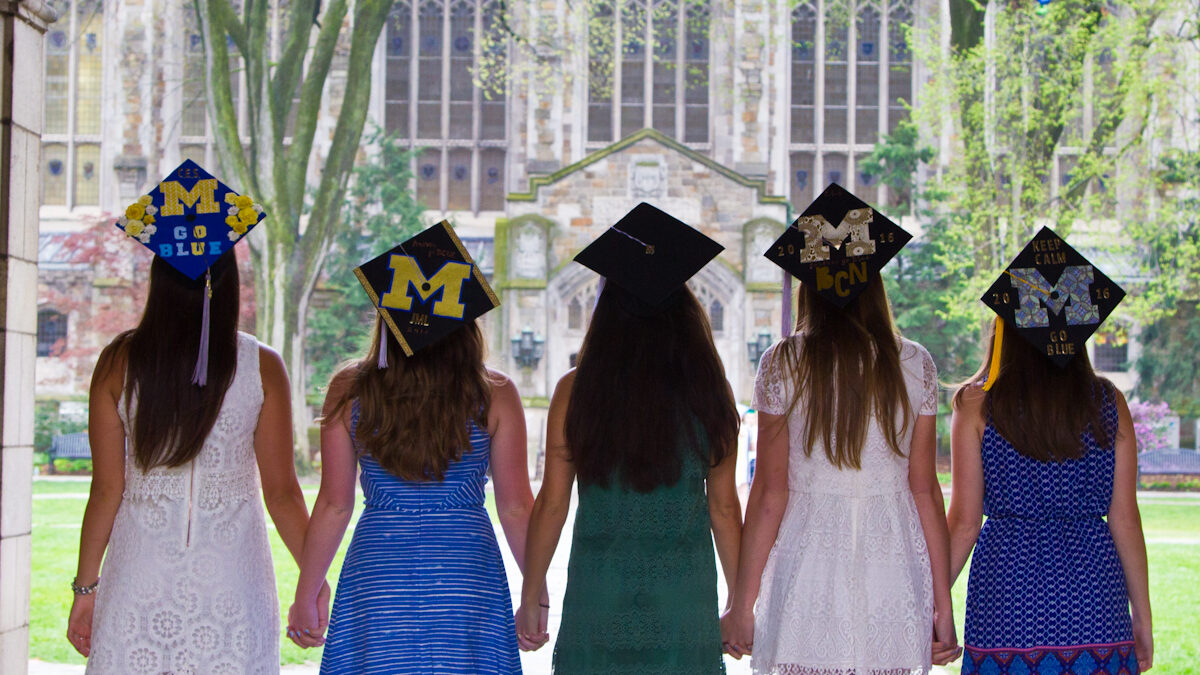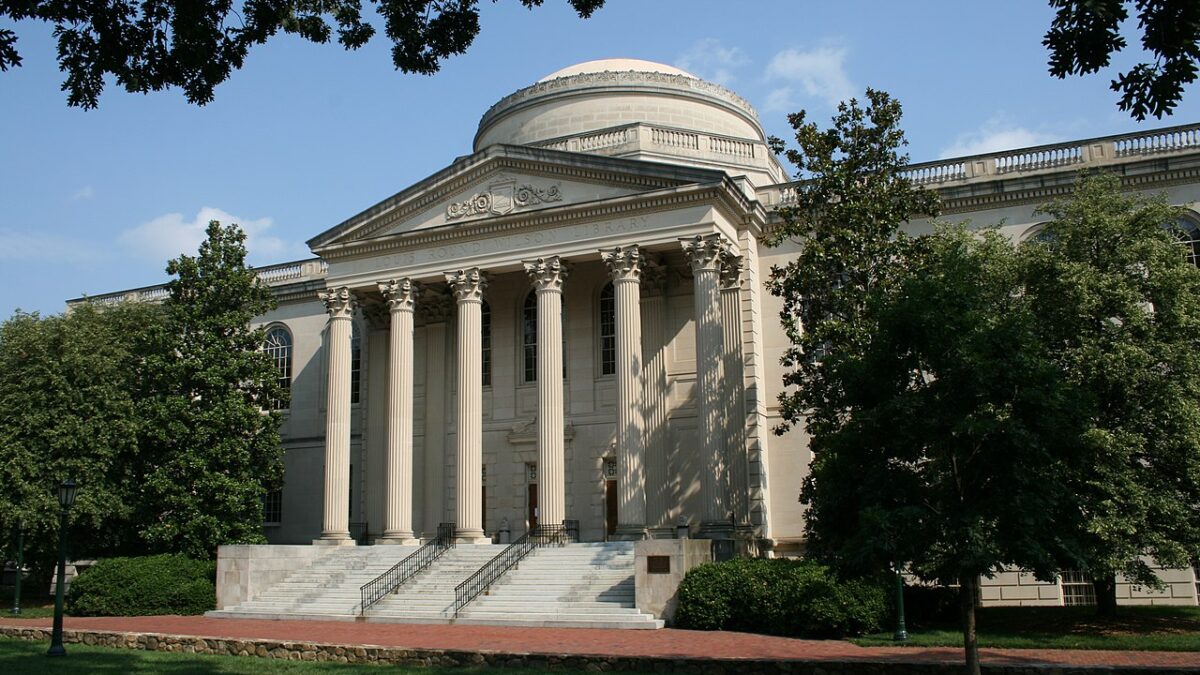
All good things, goes the old cliché, must come to an end. And for American higher education, the end is nigh. It will be a particularly sad finale as, before their descent into madness, America’s college campuses were a premier source of national pride.
Even today, people from all corners of the globe dream of sending their children to one of the many leading education centers within America’s borders. Despite comprising less than 5 percent of the world’s population, the United States boasts more than half of the globe’s top 100 universities.
These institutions have advanced research critical to some of the biggest scientific accomplishments in modern history, from a fundamental understanding of chemical reactions to the Internet. But now a lethal combination of radical liberalism, a rapidly evolving economy, and unstoppable technological progress is all but certain to fell America’s ivory tower.
Groupthink Has Strangled the Academy’s Mind
Already the areas of scholarship that once defined a broad, well-versed college education, the liberal arts and humanities, are being passed over for more practical and profitable majors. These long-left-leaning departments have left in their wakes a legacy of groupthink that infects nearly every nook and cranny of academia. Liberal faculty at American colleges and universities outnumber their conservative counterparts nearly 12 to one.
The resultant ideological monopoly has created an environment concerned more with indoctrination than actual education and produced legions of impressionable, emboldened students intent on wreaking havoc, by violence if necessary, on institutions that refuse to cater to their increasingly insane demands.
America’s college campuses have served as epicenters of radicalism before, but this isn’t the 1960s, and the concepts of peace and love no longer enjoy their once-vaulted status in the far-left’s philosophical hierarchy. Today’s student activists aren’t asking for equal rights, but superior rights. Rather than defend the free speech their baby-boomer forebears sought, they seek to demonize it.
Incidents at schools such as the University of Missouri and Evergreen College, whose enabling of snowflake culture made national headlines, have convinced prospective students and their parents that the lunatics have indeed taken over the asylums. The predictable bad PR, along with other factors such as the rising cost of tuition and a declining birth rate, have begun to hit higher ed where it hurts most: enrollment.
Student Enrollment and Confidence Drops
Student bodies are in decline across the country, and somewhat drastically. The spring of 2017 hosted 2.4 million fewer students nationwide than did the fall of 2011, or an approximately 12 percent decrease in six years. Continued reductions in enrollment will hit the smallest, and by extension most vulnerable, colleges the hardest. But there is little even the nation’s largest colleges and universities can do at this point, as public perception of a degree’s value has created a cost/benefit crisis that, given plausible future trends, may be impossible to reverse.
A Wall Street Journal poll from last September revealed Americans to be essentially split (49 percent to 47 percent) on whether a college degree is worth the cost. A CNBC poll just four years prior was much kinder, with a 13 percent differential in favor of earning a degree.
Just as low confidence in companies and products can affect stocks, the declining belief that a college degree is a first-class ticket to prosperity will likewise hurt higher education’s marketability. By extension, this will boost the marketability of alternative forms of education such as trade schools.
Such alternatives are immensely cheaper. An entire trade education can be acquired for what some traditional colleges charge for a single year, and post-graduation salaries are becoming more and more competitive. In an age when even white-collar jobs are at increasing risk of automation, the less expensive option may well be the safer gamble.
Even Barack Obama, whose academic career was long lauded as evidence of his qualifications as president, has gone on the record extolling the virtue of trade schools and dispelling the long-held belief that college is for everyone. California, home to the unrivaled pretentiousness of Silicon Valley and academic heavyweights such as Caltech and Stanford, has elected to invest more than $200 million to market trade schools
A Massive Shift to Job-Prep Education
Trade schools are merely part of the sea change occurring across the higher ed landscape. From sea to shining sea, online and other forms of education are becoming so popular that Harvard Business Professor Clayton Christensen predicts roughly 50 percent of American colleges will go bankrupt within 15 years.
From MIT’s open courseware to Udacity to MissionU, the number of alternatives to traditional higher ed is growing every day, and some will no doubt prove a better fit for an economy increasingly shaped by advances in automation and artificial intelligence. Not only are such alternatives critical for retraining those who have lost jobs to innovation, but they are also more nimble and able to keep pace with emerging technological trends than are their calcified university counterparts.
As the CEO of Udacity, which offers crash courses in bleeding-edge tech, recently remarked to Reuters: “it’s almost impossible to hire qualified people . . . There is a huge shortage of engineers. There are plenty of smart people – the missing link is education.” That’s quite a statement for a CEO with access to more than half of the world’s top 100 universities. But it’s an all too common one in today’s tech-centric economy.
If colleges and universities are to compete, they will need to adapt. But they have become bastions of bureaucracy often beholden to donors and state governments, and are therefore unlikely to do so. Even if they did, such adaptation would require continuing to abandon less-profitable areas of scholarship such as the humanities and social sciences, areas once considered synonymous with “higher education.”
That means an even greater focus on business, legal, and research programs that ensure profitability, morphing America’s great educational institutions into little more than white-collar versions of the trade school model. That will truly be the death knell for American higher education as we have come to know it. American colleges and universities may well continue to exist in some form, but they will no longer be the epicenters of broad knowledge that rightly defined them—a demise that, at least in part, is of their own making.
The hallowed halls of America’s once-great education institutions have become little more than intellectually hollow echo chambers, grand structures that serve little purpose outside the parroting of platitudes from romantic yet impractical philosophies that, despite their repeated historical failures, simply will not die. The sober majority has taken notice, and the free market is responding in kind. Soon America’s ivory tower will be just another rubbled ruin proclaiming its past greatness.









